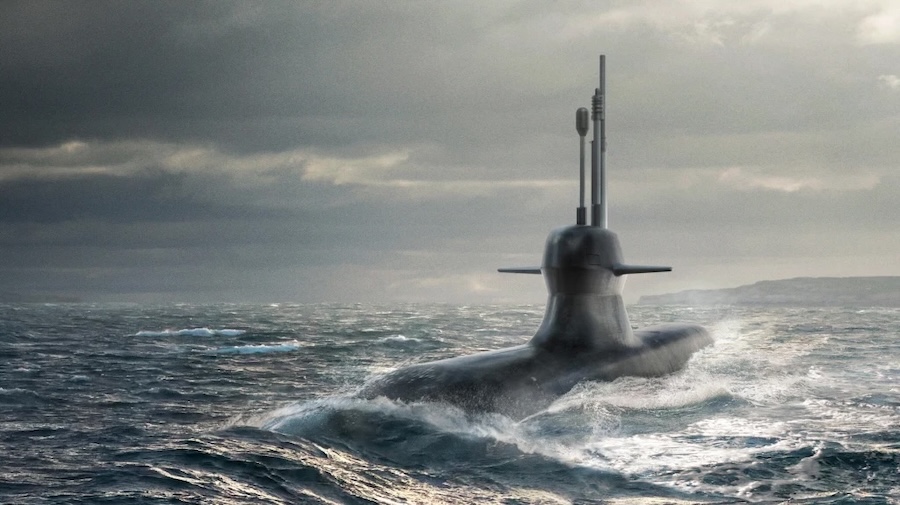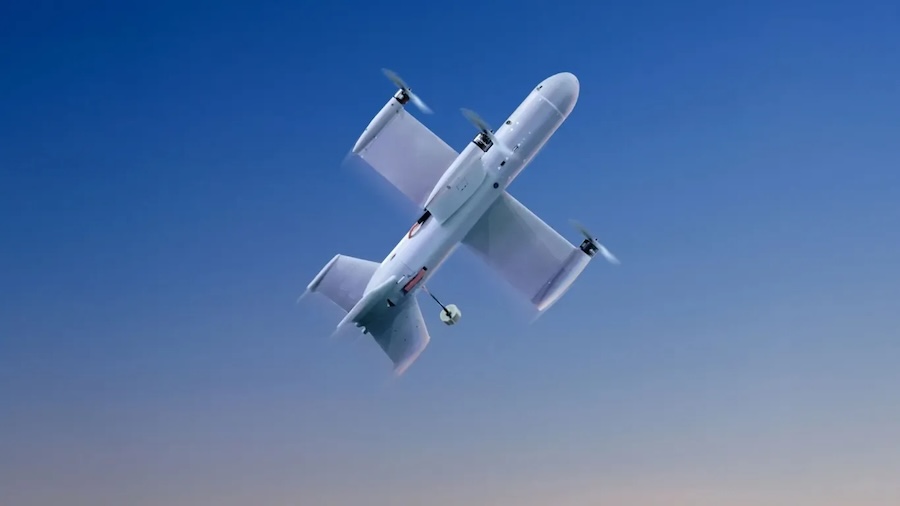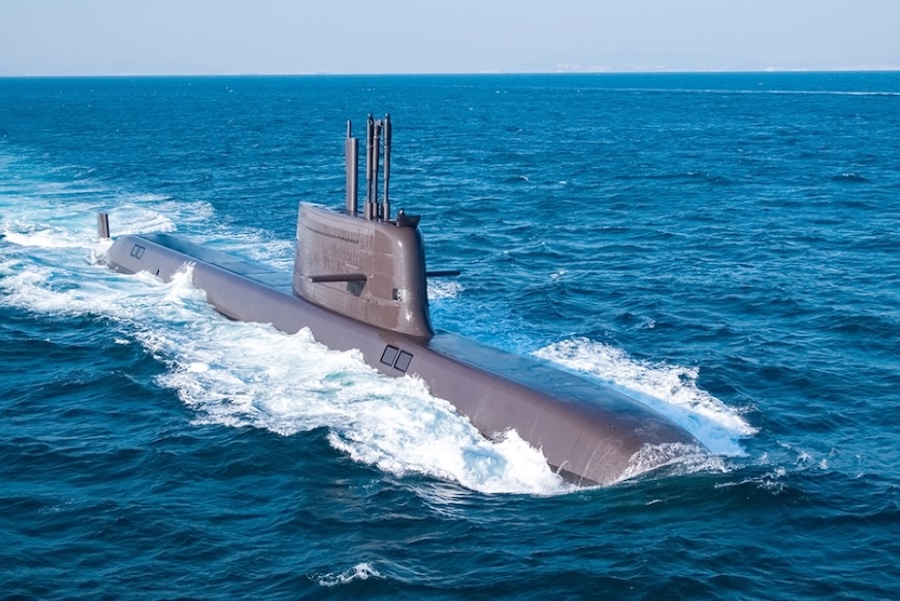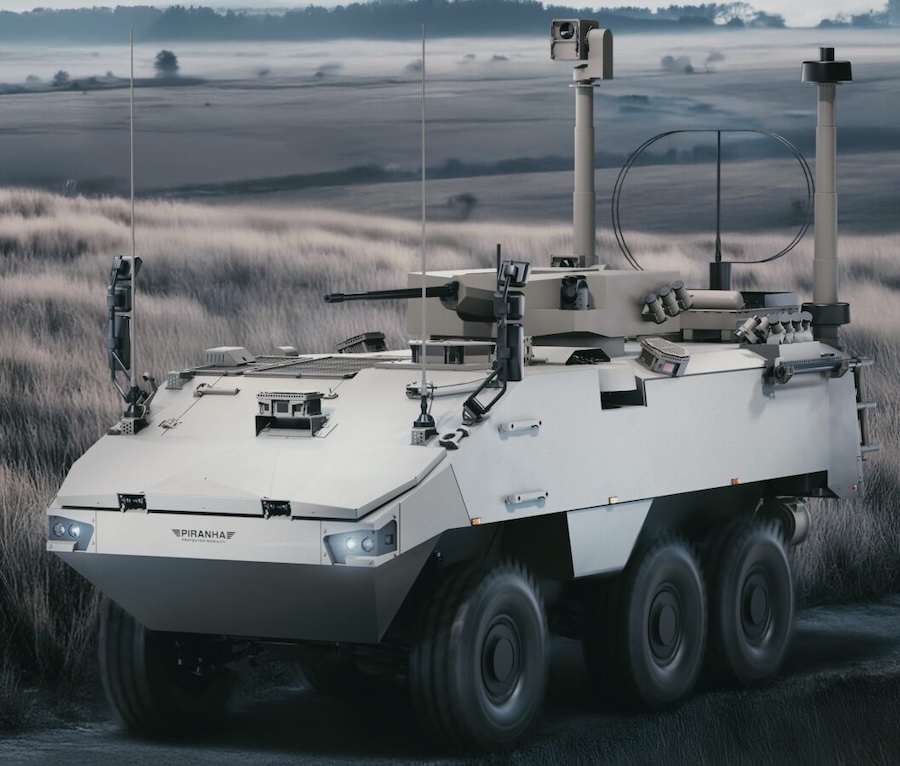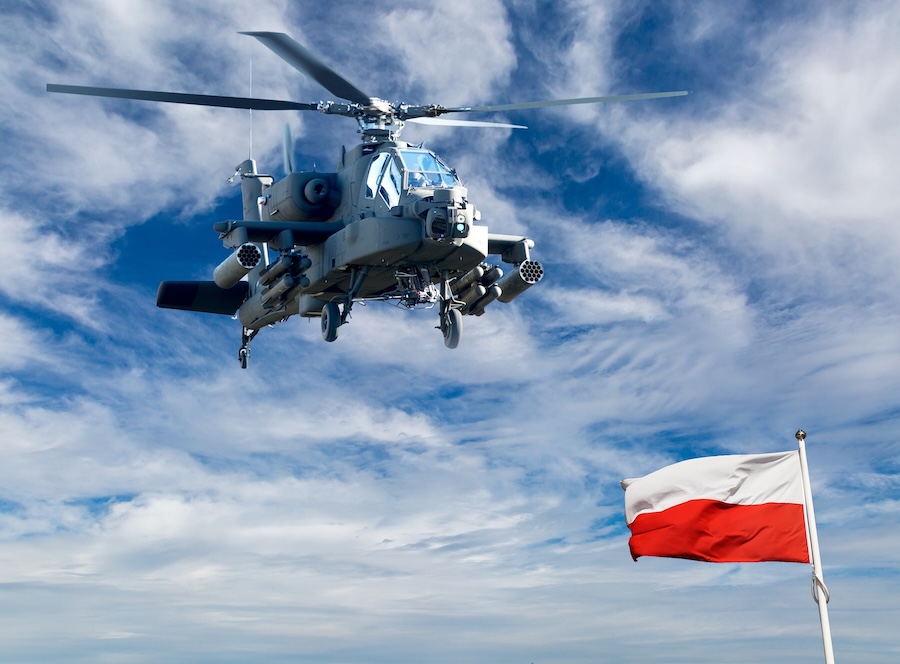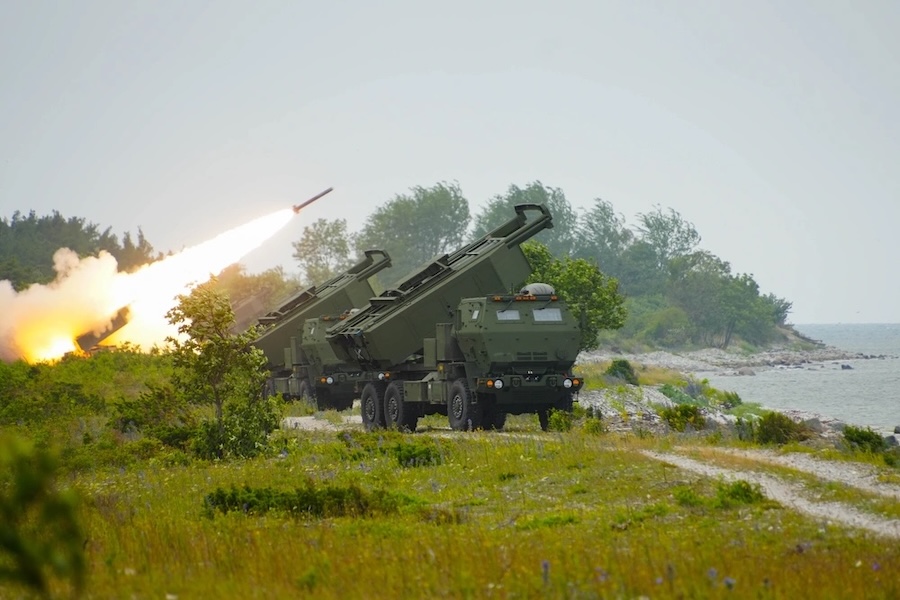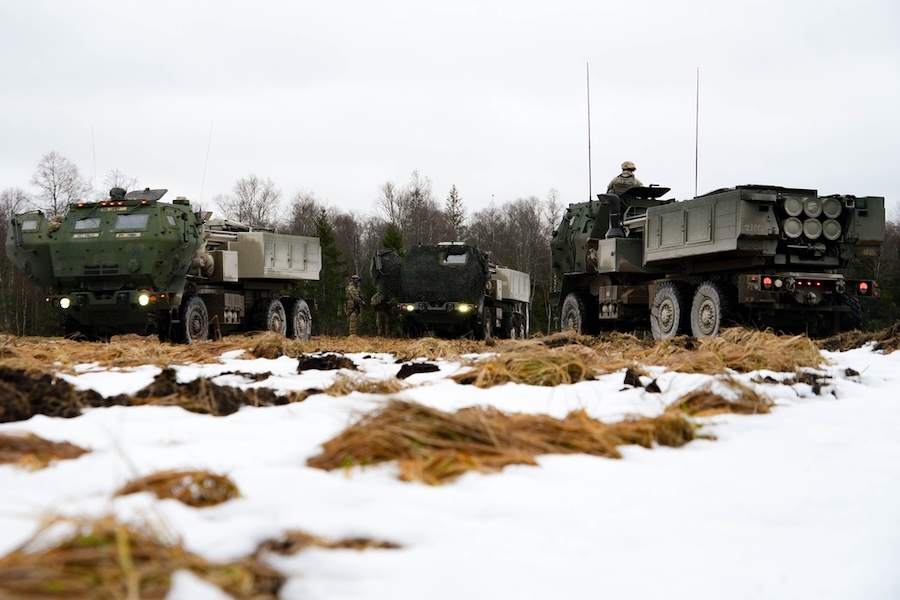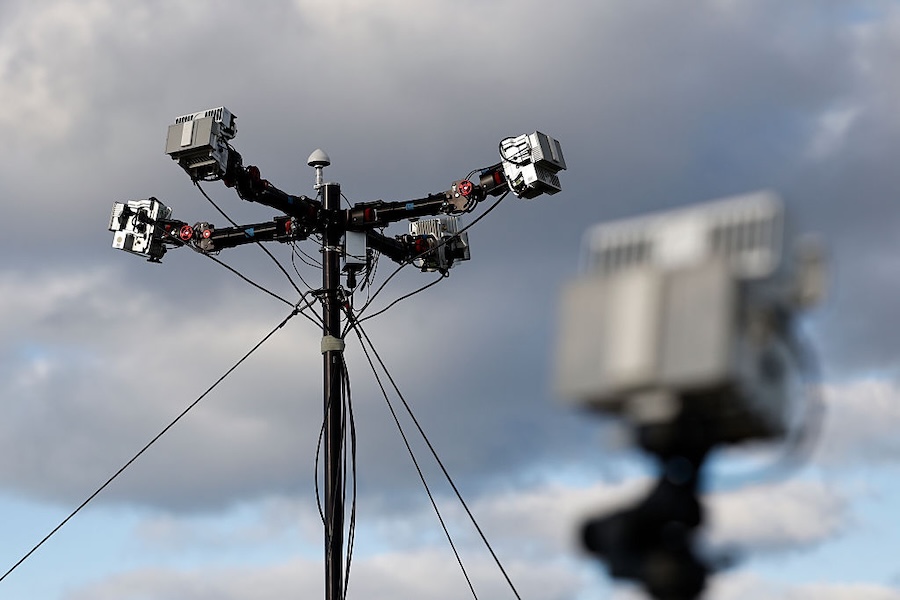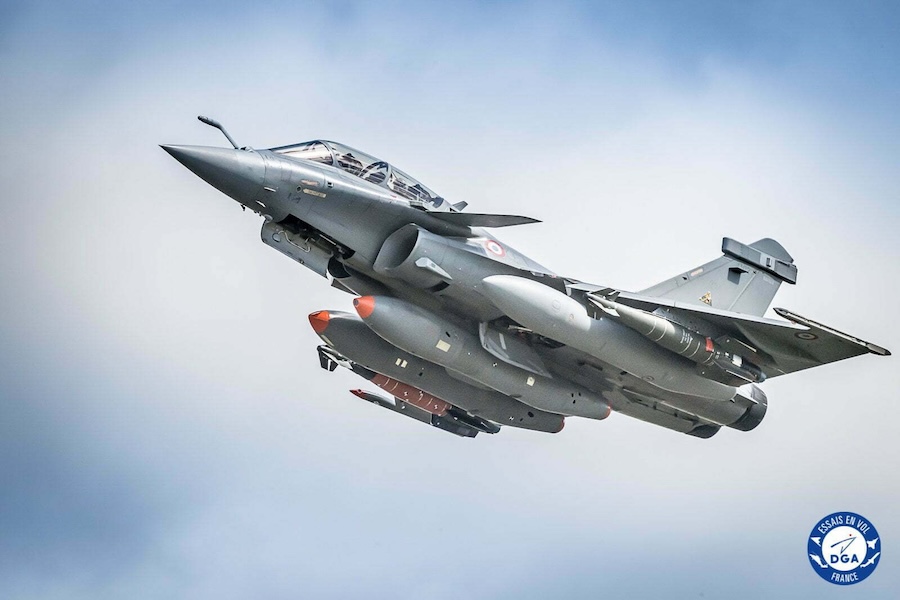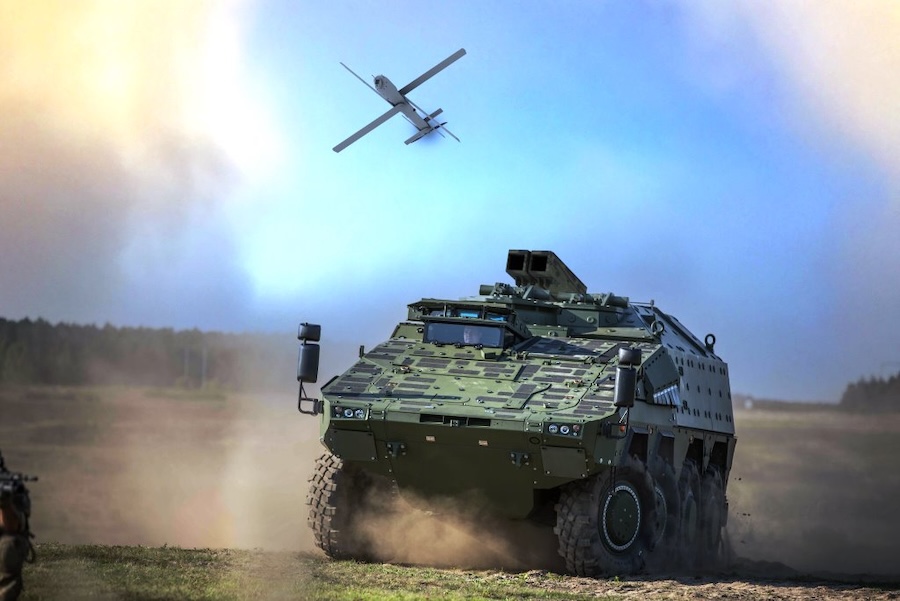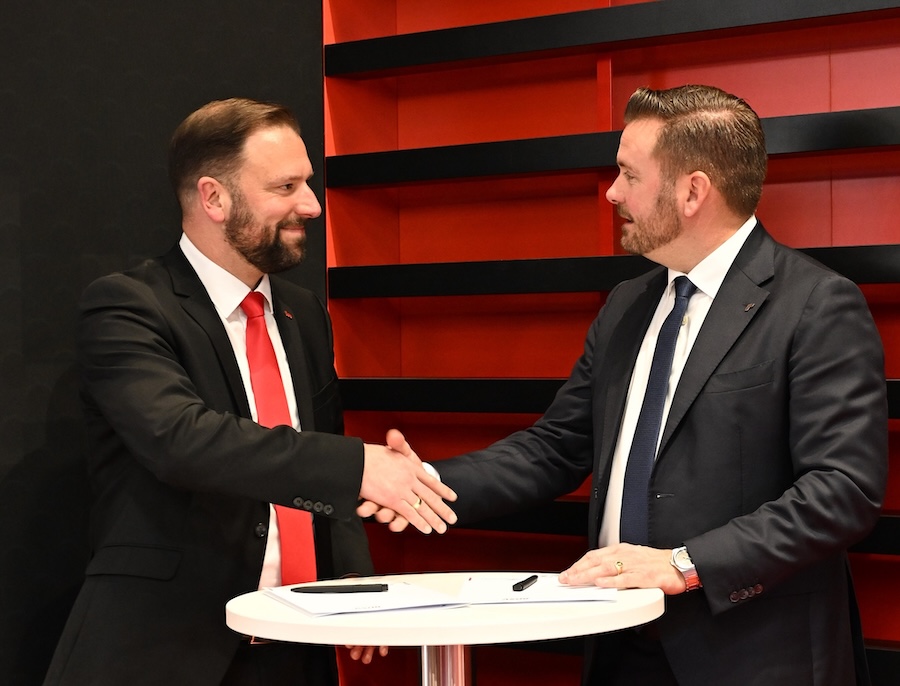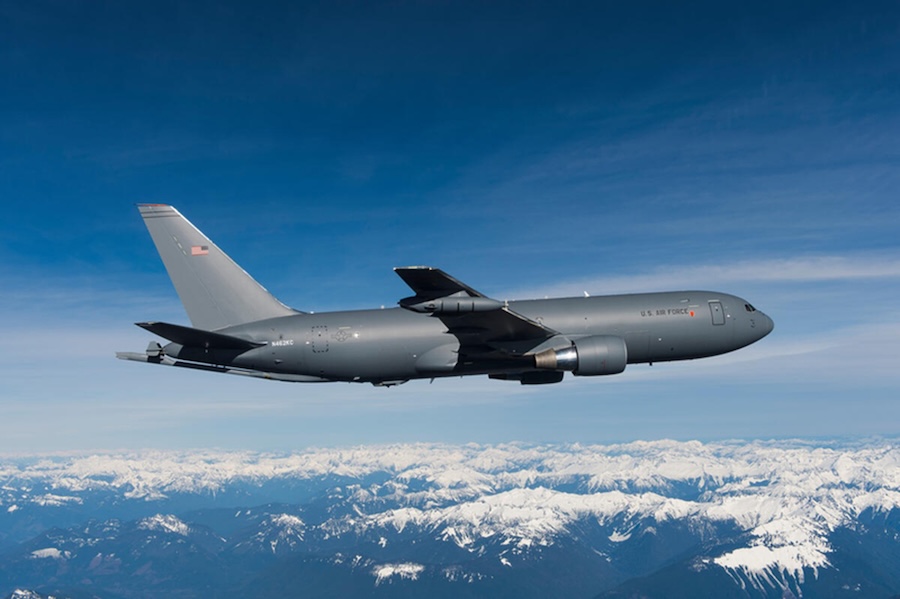The A26 is a conventional submarine able to stay submerged for weeks using three Stirling engines that do not rely on air. These engines, already used on Sweden’s existing submarines, are known for being very quiet and form part of the wider AIP solution planned for the new class.
At 66 metres in length, the A26 is much smaller than large Russian or United States nuclear submarines that can reach around 170 metres. Its size suits the shallow Baltic, which Swedish naval officers sometimes call a “flooded meadow” due to its average depth of around 60 metres.
A defining feature of the design is the 1.5-metre-diameter dive-lock, known as the multi-mission portal, placed in the bow. This allows remotely operated vehicles, autonomous vehicles or teams of divers to enter and exit the submarine with ease for missions including seabed warfare and work on critical underwater infrastructure.
The project’s roots date back to the 1990s, when Sweden explored a new submarine type to strengthen its navy after operating Västergötland-class units and introducing the more advanced Gotland class. Reduced regional tensions after the Cold War meant the new design was not prioritised, but the programme returned in the 2000s as ageing Västergötland submarines became increasingly inadequate.
Early A26 work included attempted cooperation with Norway and Denmark, but this collapsed after both countries withdrew and disagreements emerged between Sweden and then-owner of Kockums, ThyssenKrupp Marine Systems. Sweden sought to regain control of design work funded with public money, yet contractual issues blocked a full technology transfer.
Saab’s acquisition of Kockums in 2014 allowed Sweden to restore full control of the effort, which then took final shape as the A26 programme. The design is modular, with up to nine segments that can be configured for propulsion, payload and mission requirements, which Saab presents as a core advantage for export clients.
Variations between the Swedish Blekinge version and export configurations already highlight this flexibility. The Polish adaptation includes a vertical launch system for 18 Tomahawk cruise missiles, a capability not present on Sweden’s own submarines, which will carry 533 mm and 400 mm torpedoes and naval mines instead. Any acquisition of Tomahawk missiles would require separate agreements with the United States.
The multi-mission portal is one of several additions intended to expand the submarine’s mission profile beyond traditional roles. It allows deployment of unmanned underwater vehicles and special operations teams, and it may also hold additional types of weapons that cannot be launched through the 533 mm tubes.
Other notable features include the Stirling-based AIP system used on previous Kockums designs such as the Gotland class and the upgraded Södermanland class. Many of the lessons from those programmes are expected to carry into the A26 once its prototypes enter trials.
The A26 also incorporates Saab’s GHOST stealth system designed to reduce detection even when the Stirling engine is running. It includes rubber mountings, damping frames and a specially shaped hull intended to minimise noise from onboard equipment and water flow, although the full operational performance of the system has yet to be tested.
Poland’s choice aligns with growing defence cooperation between Warsaw and Stockholm, including a strategic partnership that prioritises Baltic Sea security and industrial collaboration. Recent years have seen increased joint activity, including Poland’s purchase of Saab 340 AEW aircraft, Carl-Gustaf weapons and SIGINT vessels built in a Polish shipyard.


